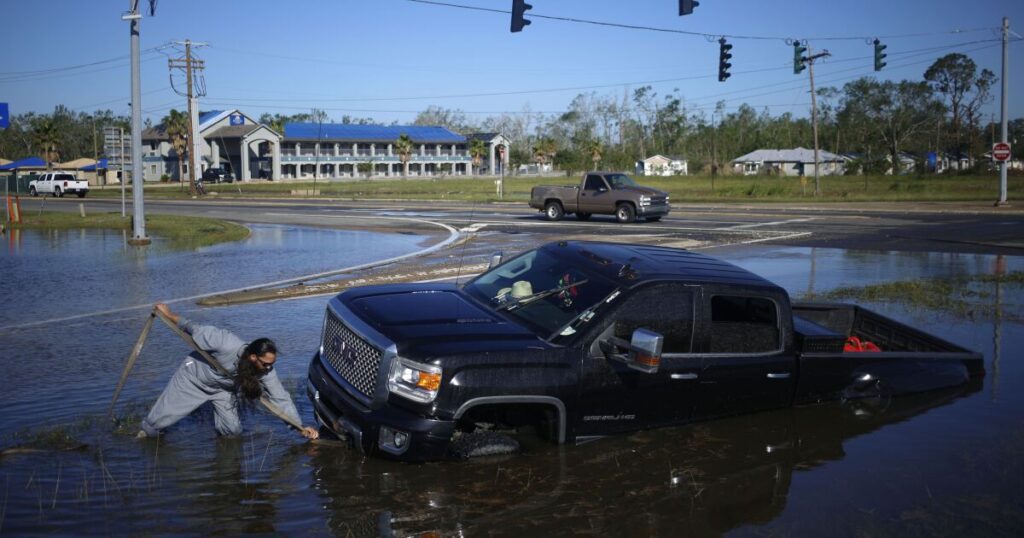The underwriters' role in climate resiliency

As the potential for climate-related losses are accelerating, underwriters are continuously challenged with the uncertainty and complications brought on by extreme weather events. Restricted coverage, significant premium increases and the steady rise of climate-related claims litigation cases contribute to this complexity, leading some insurers to reevaluate their risk assessment and management capabilities
Send’s “INFUSE: A proactive approach to managing climate change risk” webinar, held Sept. 11, 2024, gathered panelists to discuss how insurers can lead in proactive risk management of evolving climate risks. Throughout the discussion, the panelists shared the need for carriers to embrace data integration and automation to enhance risk assessment and ensure adequate coverage.
Derek Lynch, chief underwriting officer at reThought Flood, suggested that insurers use data earlier in the underwriting process to improve modeling and policy accuracy.
“Understanding what that risk is by using that data upfront, early and often, is absolutely what we need to do about climate-related risks,” said Lynch.
Lynch and Mark Varley, founder and CEO of Addresscloud, also explained that modeling and data should be used earlier in the process for properties on an individual building basis.
“We see that the quality of data, the availability of geocoding, the ability to be able to actually match the address and get that to the right point is not necessarily at the level we’re at in the U.K.,” said Varley. “In the U.S, geocode, it’s quite a challenge. There’s no real kind of single source…actually being able to perform that kind of analysis is quite a challenge.”
Data assessment at an individual building level helps underwriters in predicting more accurate, granular loss predictions, as opposed to using a general risk score and later on seeing unexpected losses, according to the panelists. Lynch mentioned that after Hurricane Ian, the market saw a significant shift as some carriers pulled coverage from certain areas, removed entire products and increased premium rates.
“You’ve got to do the catastrophe modeling and understand what that individual building looks like… You can be flooded, where your neighbors are fine,” said Lynch. “Do that early in the process – underwrite the building level so we can roll that understanding up to a policy, portfolio or program level. Then we understand where our risk or aggregation is, starting from each individual piece of building up.”
Carolyn Shreeve, chief underwriting officer of the global markets insurance division of Allied World, explained that there are a few ways in which the insurance industry can shift from a traditional capacity provider role to supporting clients with climate change strategies: in the risk assessment stage, with resilience and in the recovery stage from a loss.
“From a risk assessment perspective, most organizations need to map their risk profile and their appetite, the relevance of insurance, as a mitigation tool, and that’s quite a complex exercise for most businesses. The analysis is going to require input from their own organization, risk managers, insurance brokers and legal advisors, in some cases,” stated Shreeve. “But I think insurers have a really important role to play here too, and I think it’s important that companies consider not only their own businesses and their resilience to climate change, but also, critically, their supply chain subsidiaries and how they would respond.”
The underwriter plays a significant role in the building of resilience, as well, according to the panelists. Utilizing high-quality data to perform risk assessments can inform clients of their own risks.
“Underwriters have a really important role to play here too, in terms of getting clients to implement best practices around managing their assets through extreme weather risks. For most clients, there’s an expectation that the insurers’ roles extend beyond that traditional role of just providing insurance, and that’s partly because insurers are in a unique position of having data and insights across numerous jurisdictions, geographies, industries,” Shreeve said.
“For us, distilling what that information tells you about how certain assets can perform in the face of extreme weather events, and feeding that back to our clients is not only adding value to the clients, but also potentially improving their risk profiles,” said Shreeve. “Ultimately, that’s going to be a benefit to all parties.”





